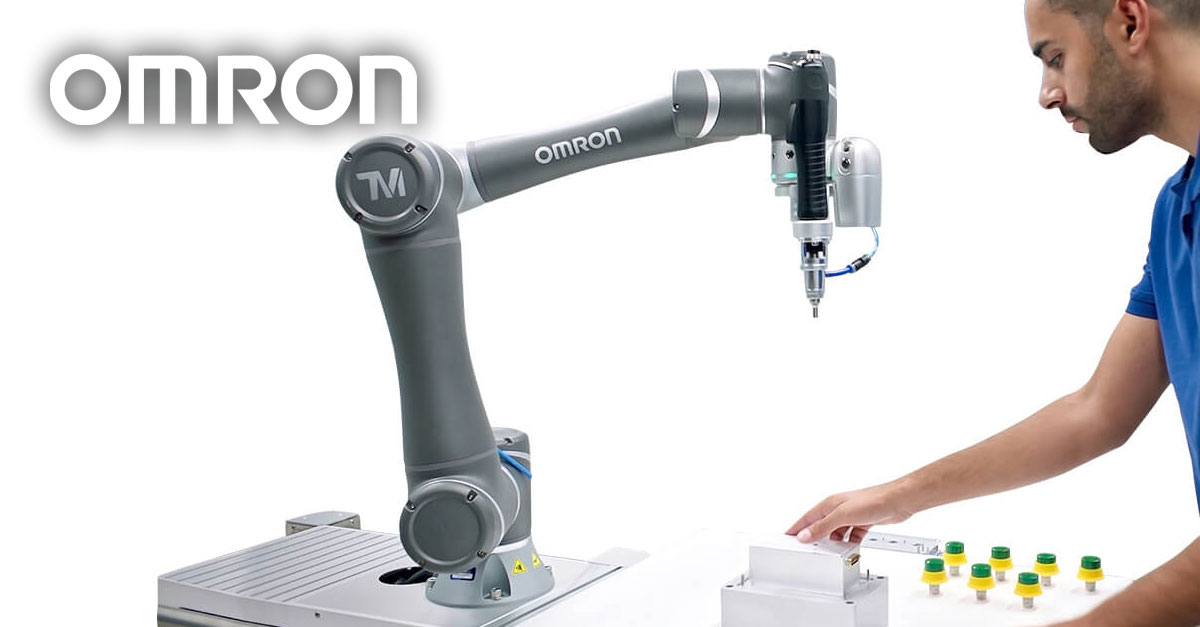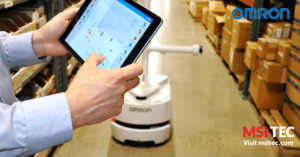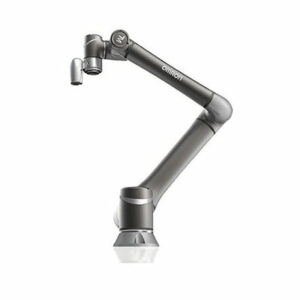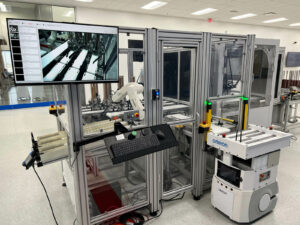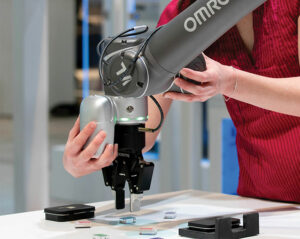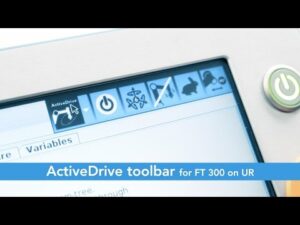
Robotiq ActiveDrive Toolbar
Robotiq ActiveDrive Toolbar – an add-on software package for Robotiq FT300 and Universal Robots This video showcases Robotiq’s ActiveDrive Toolbar, which is a powerful feature that come with the Robotiq Force Torque Sensor FT 300

